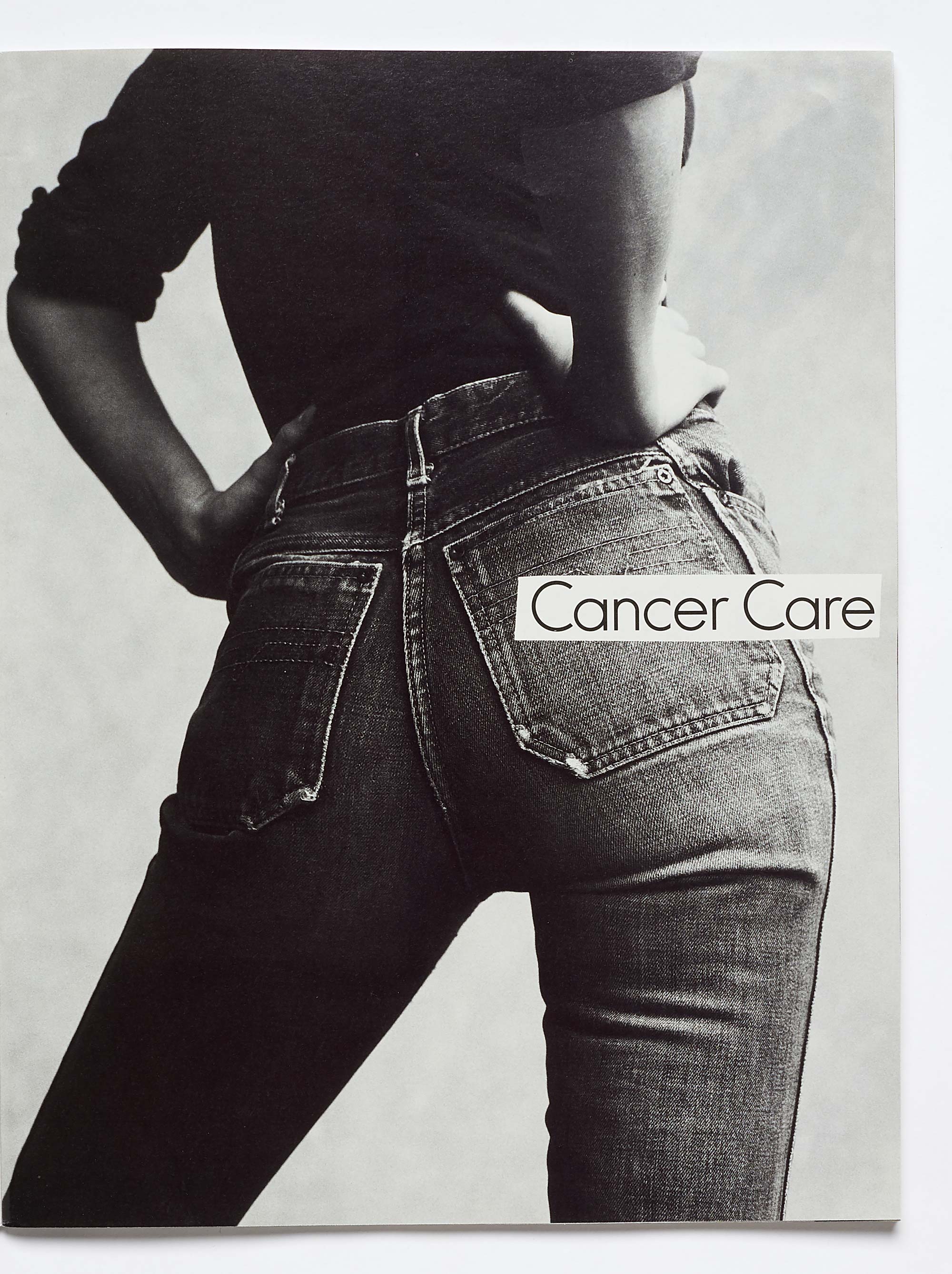
Still life photography by David Farago
Most of us just eat a slice of toast and pretend to read the paper at our breakfast tables, but at theirs Bay Garnett and her friend Kira Joliffe cooked up Cheap Date, a zine that went on to embody the rebellious mood of the early Noughties. In every issue, alongside fake high-fashion ads for thrift stores and irreverent styling tips, were how-to guides to vintage shopping before it became A Thing. Here, regular Cheap Date collaborator Karen Elson speaks to Bay about the lasting legacy of the seditious anti-mag that stuck two fingers up at the fashion machine.
Karen: For me, the early 2000s were all about Cheap Date. How did it come about?
Bay: I was doing some work experience at Tatler and I hated it! I mean, I can’t tell you how much I hated it. I walked off the job, it was that bad. I left the office for lunch one day and never returned. The next day, I was sat at the kitchen table with my friend Kira Joliffe talking about what had happened, and she just said, “Why don’t we do a magazine that’s about the stuff that we believe in, that we actually like?” And voilà! That’s exactly what we did. It was very straightforward.
K: You collaborated with the likes of Glen Luchford and other major names, but there was never any preciousness about the work. I always remember how much fun it was making the magazine.
B: Yes, it really was! I’m so happy that that’s one of the things you took from that time. I would do things like wait outside the studio until Craig McDean had finished shoots for American Vogue and I’d go up to him with this bin liner full of clothes and ask him to shoot something for Cheap Date. We would shoot something super-fast and impromptu. We’d just go for it. All these people would do things as favours and for no money – it was just a bunch of friends all putting stuff together, rather than some big formalised setup.
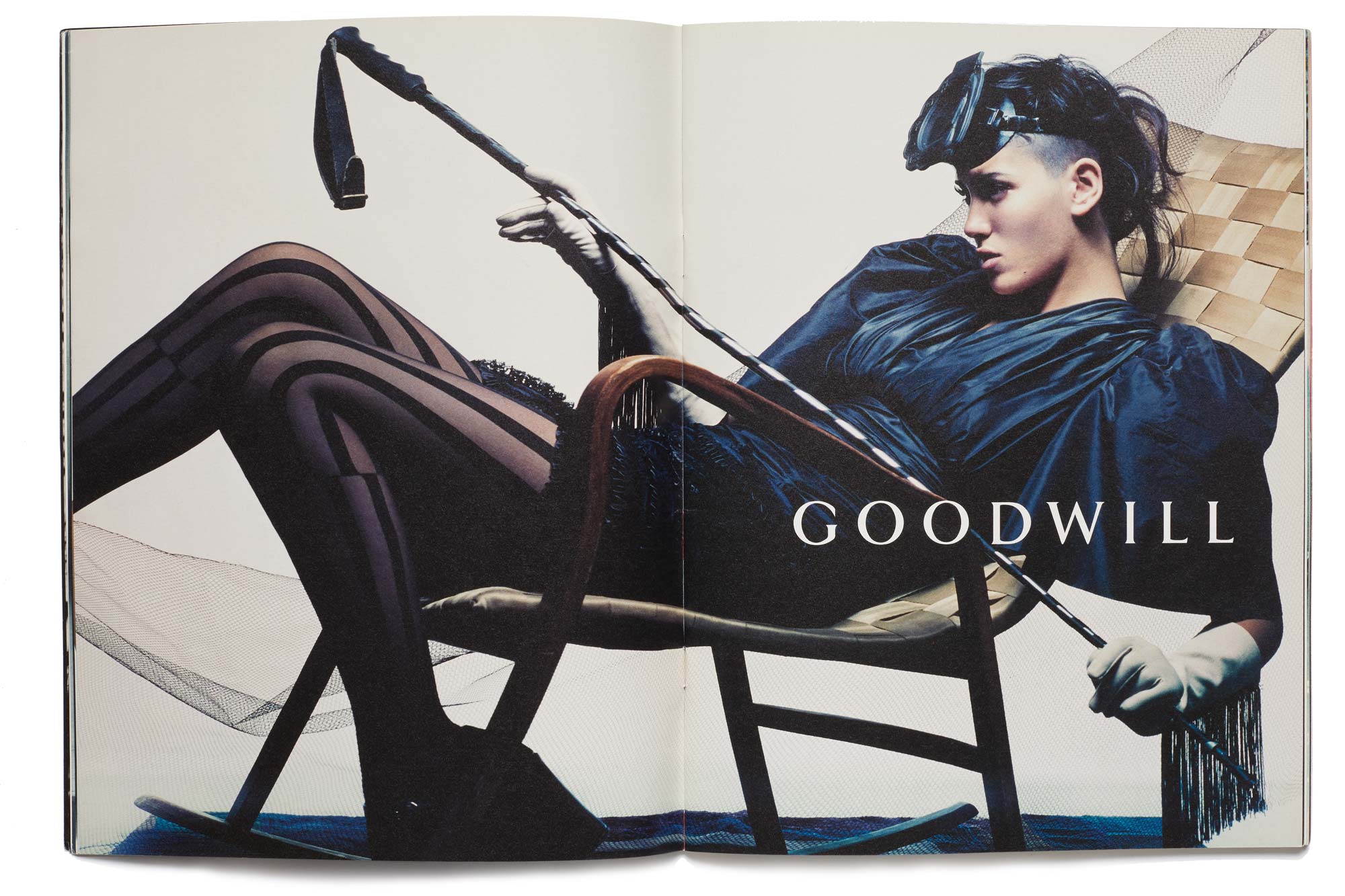
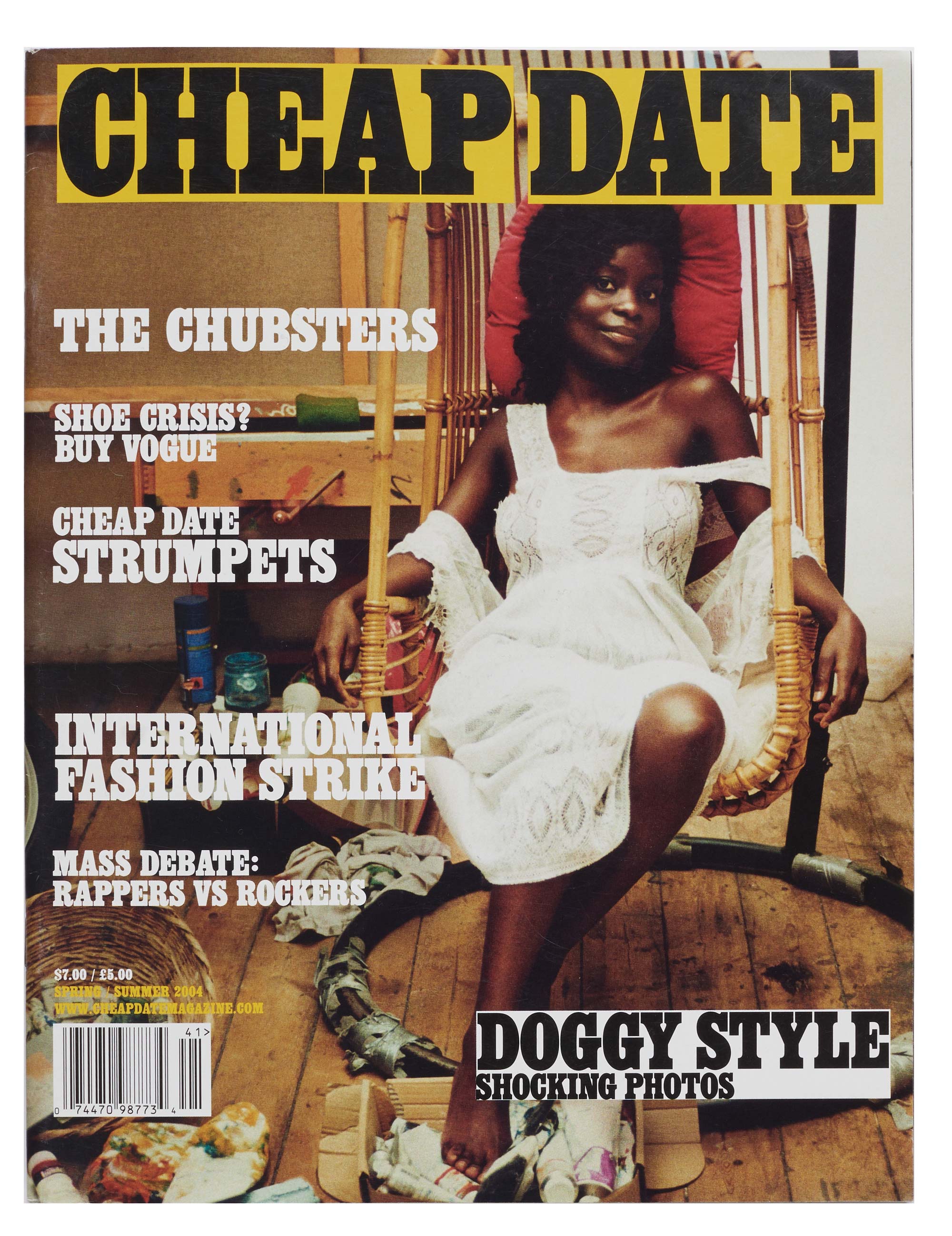
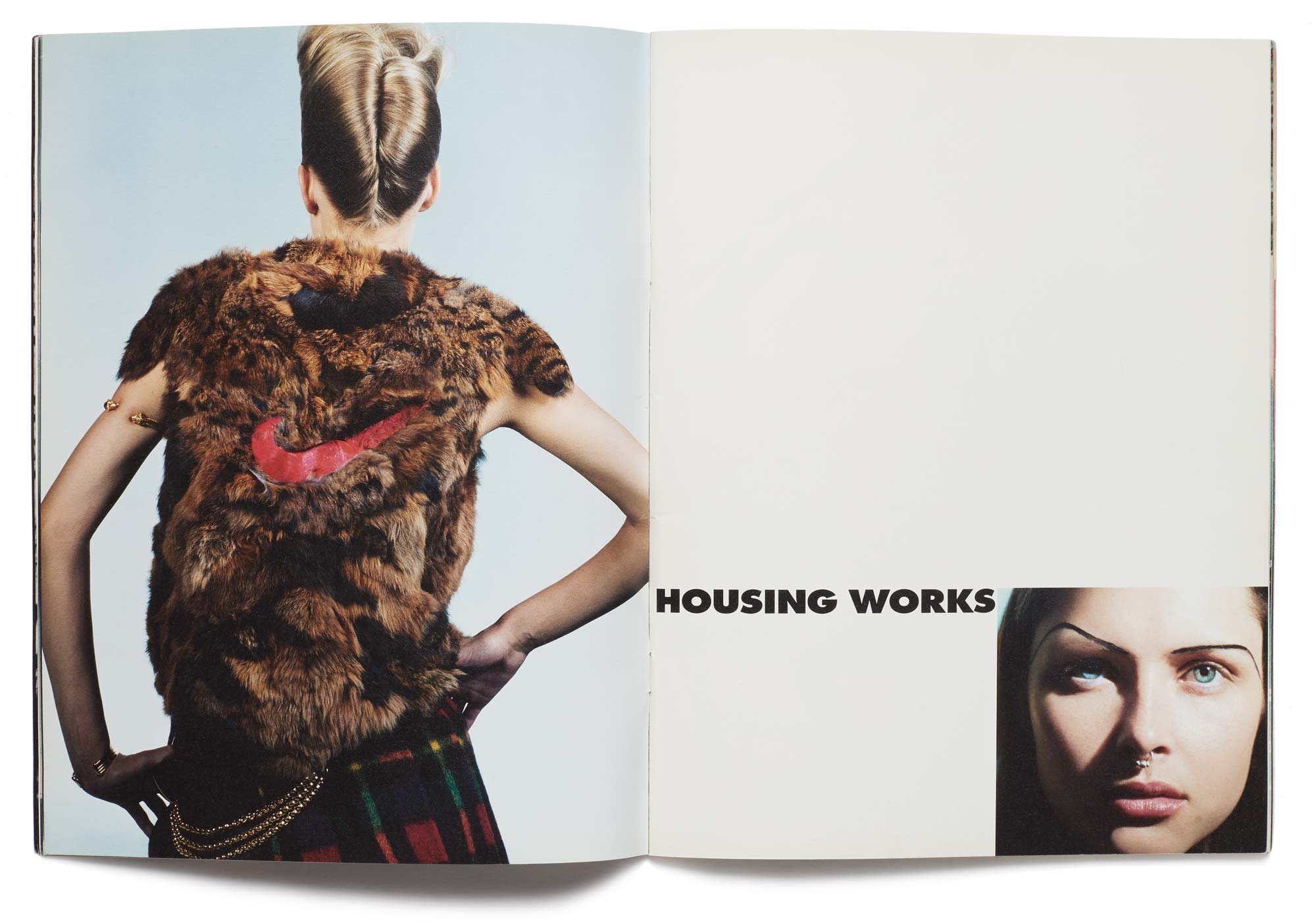
All still life by David Farago
K: I loved the fake advertisements in the magazine, too – they were genius! You’d create what at first appeared to be a high-fashion, luxury ad but when you looked closely it would be for a thrift store. How did they come about?
B: I was thinking a lot about the dynamics of power and brainwashing in advertising, and suddenly it clicked. Making fake ads seemed so subversive, flipping the capitalist sales script. We used thrift-store and second-hand clothes to style images that we shot with the same budget and polish as a conventional fashion ad with amazing photographers. It had to be done like this – they couldn’t have looked second-rate, otherwise it wouldn’t have been a successful illusion.
K: Do you remember when you shot me as a Cheap Date pinup?
B: Of course I do! I loved, loved, loved it. We were doing that Vogue shoot in Marfa, Texas, right? I was styling and when the shoot was finished, we went up to your hotel room and we took loads of photographs on a crappy old point-and-shoot. The whole thing had something so Southern-belle about it and felt so special.
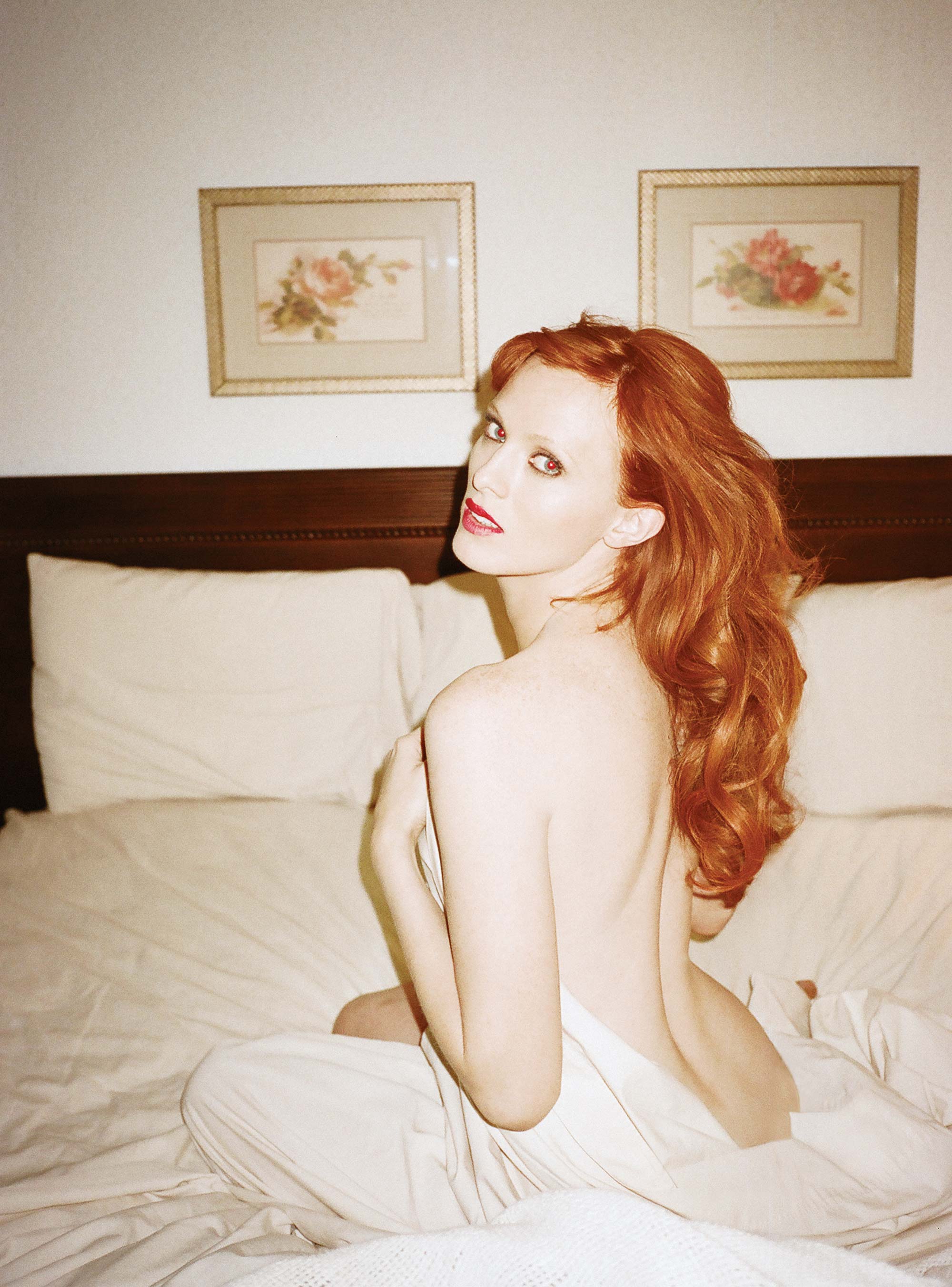
Unpublished Cheap Date pinup outtake of Karen Elson, 2012, by Bay Garnett
K: Who would you shoot for a pinup today?
B: The first girl we shot as a pinup was Chloë Sevigny, and I’d love to do her again. Taylor Swift and Lena Dunham would be brilliant.
K: Do you think Cheap Date is still relevant today?
B: It’s been nearly 20 years since we made it. I think fashion photography and styling has moved into a more lo-fi way of documenting and presenting fashion so the aesthetics of Cheap Date have a new relevancy. Also, as print becomes a more niche industry with new issues to tackle and budgetary constraints, the Cheap Date way of creating has become more commonplace. We didn’t have a bean when we were making Cheap Date. We were forced to find creative ways to do it, and you know what? It was so much better for it.
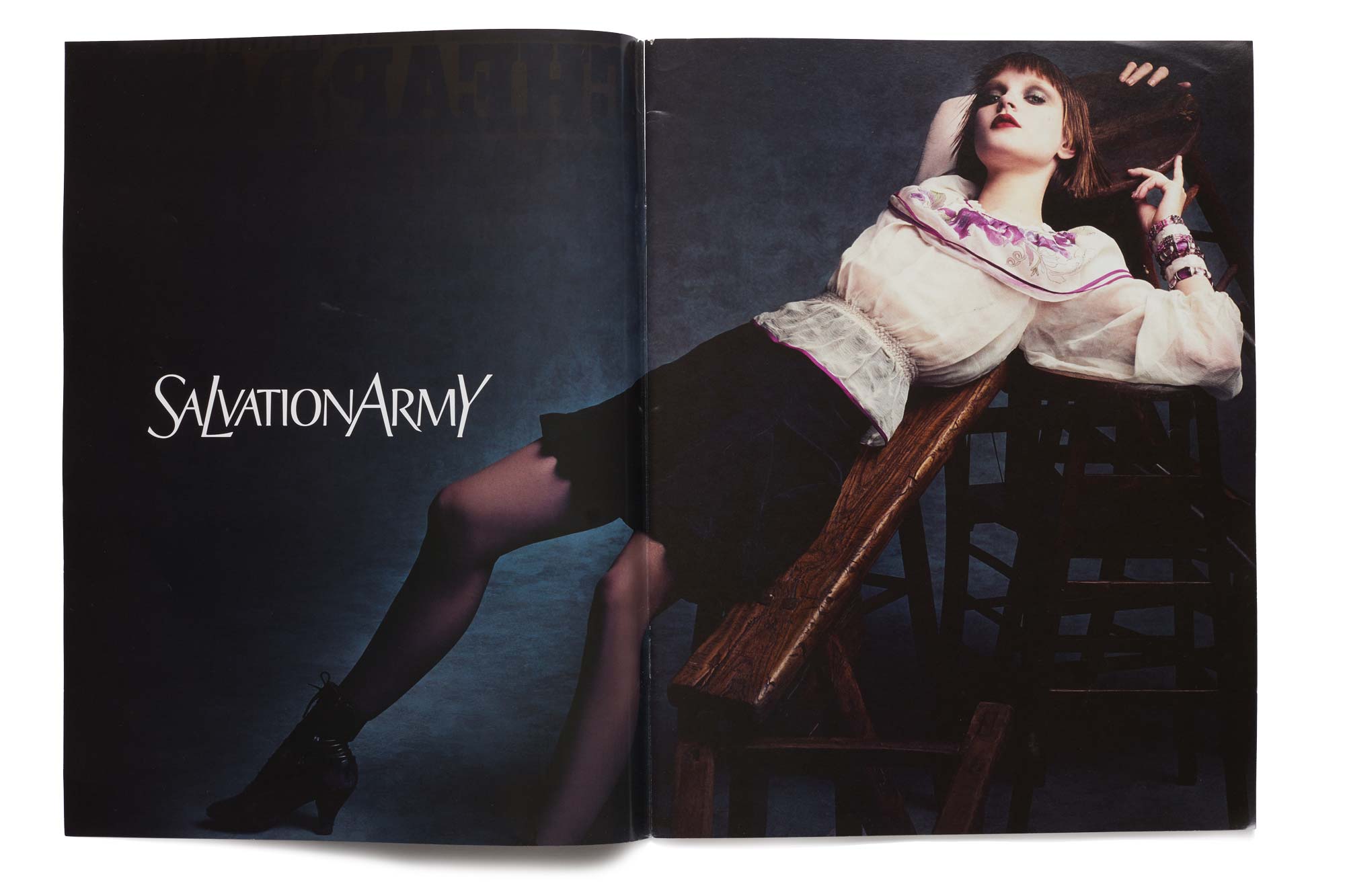
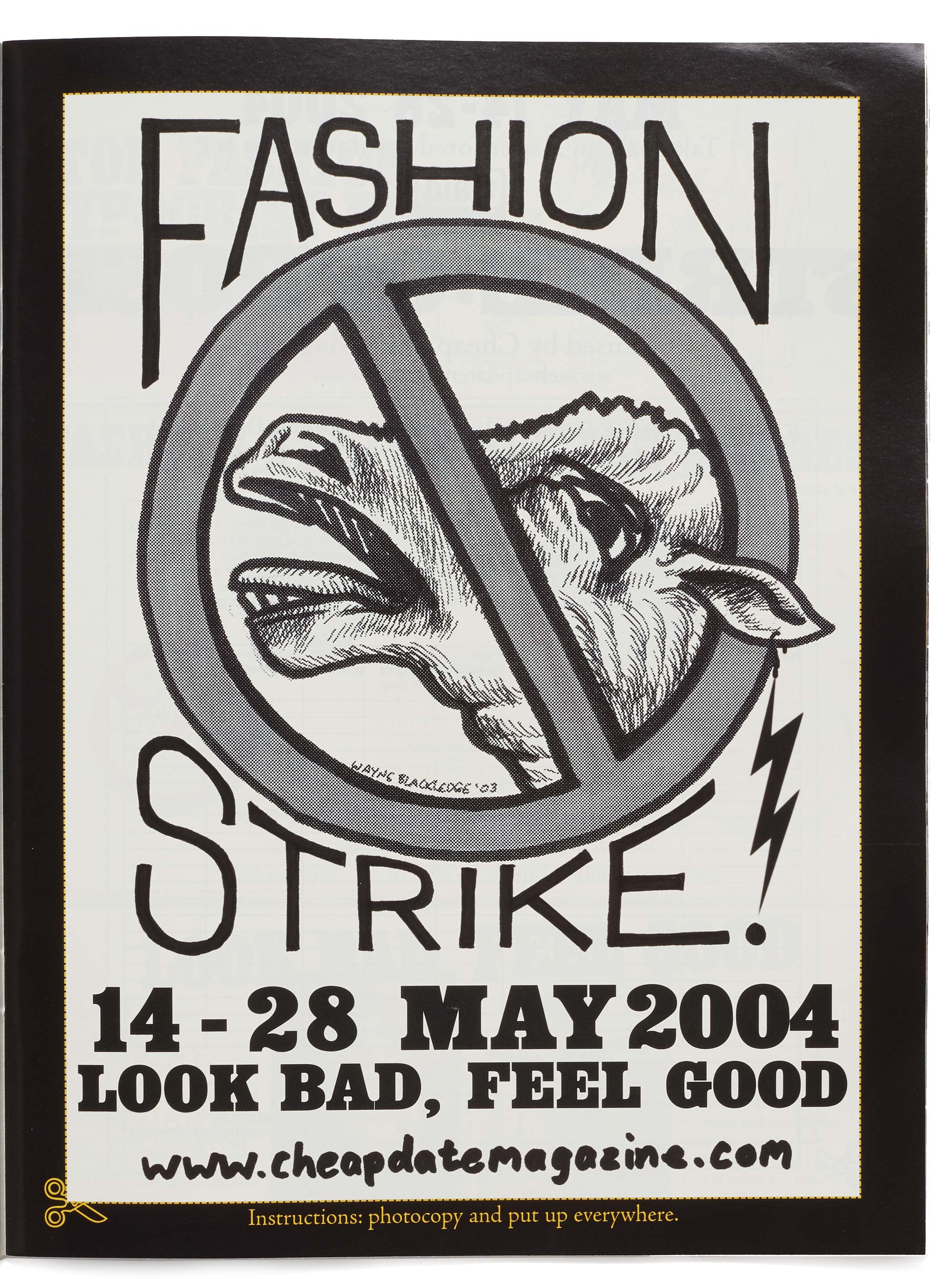
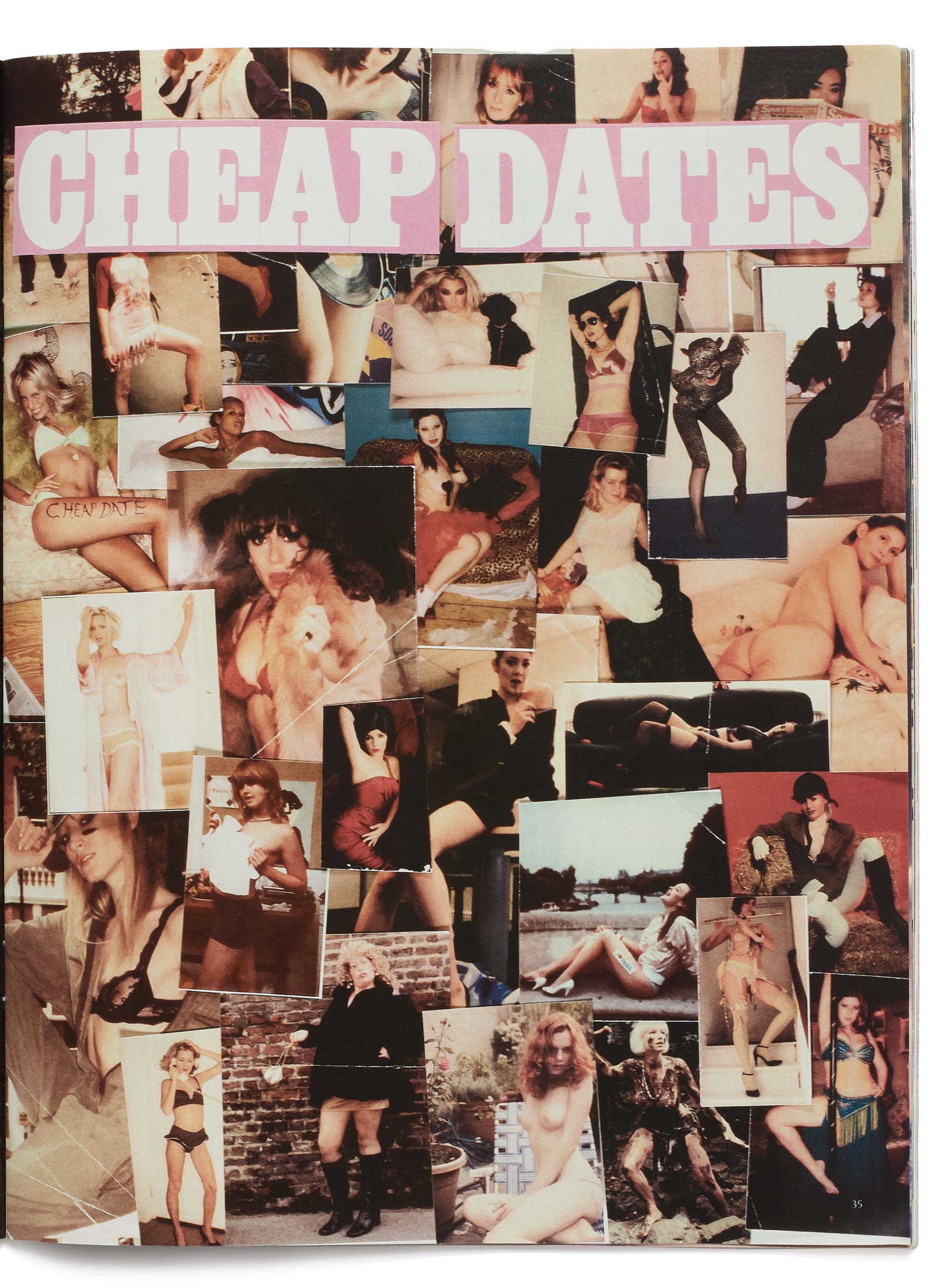
All still life by David Farago

